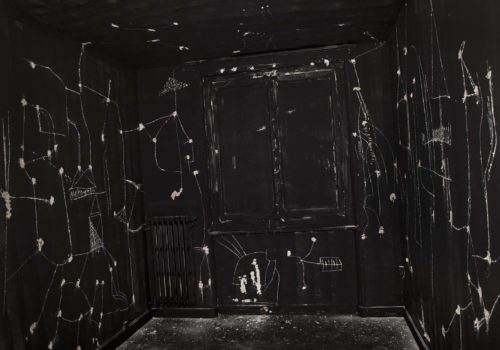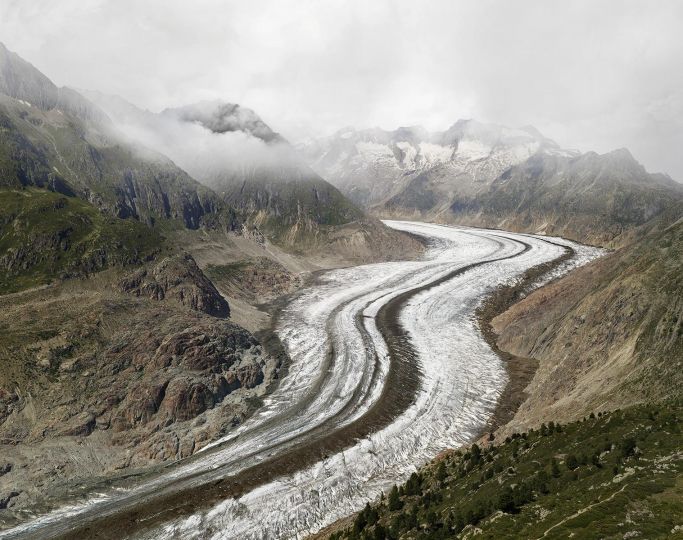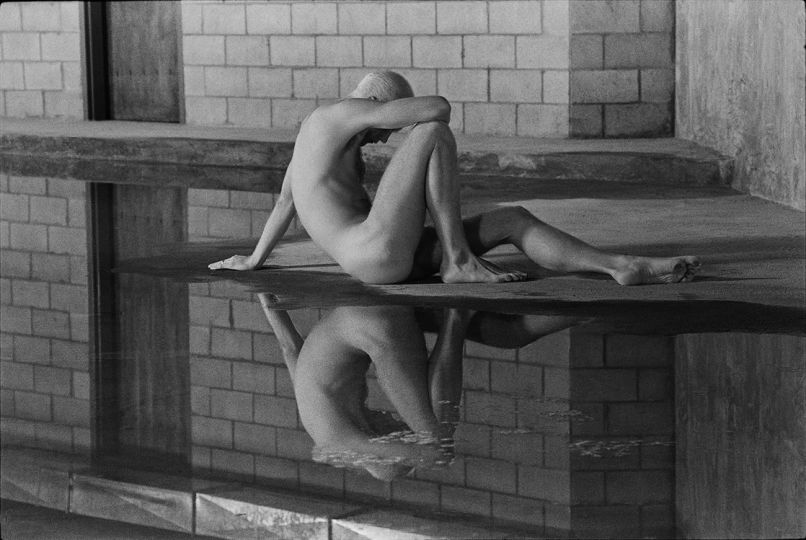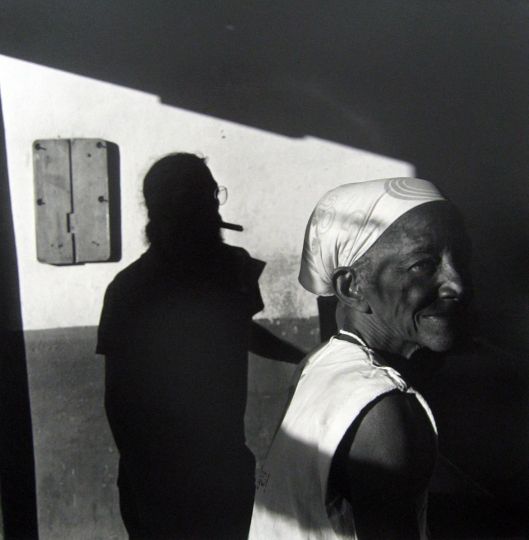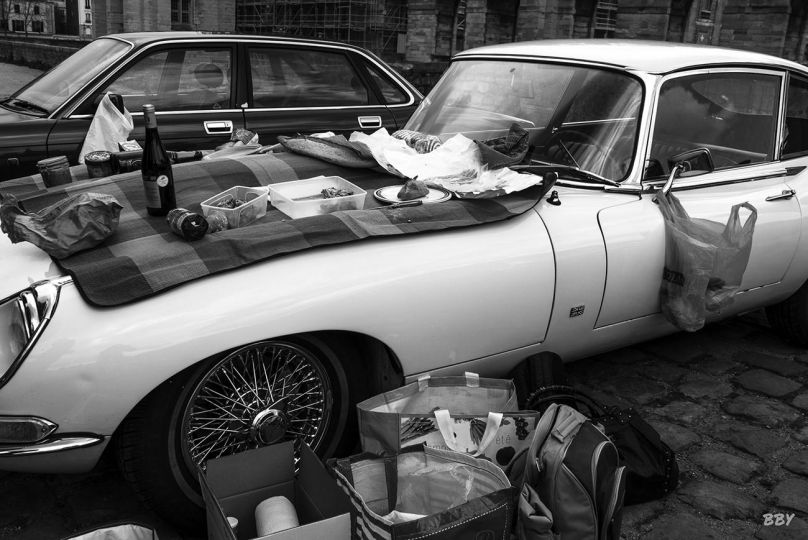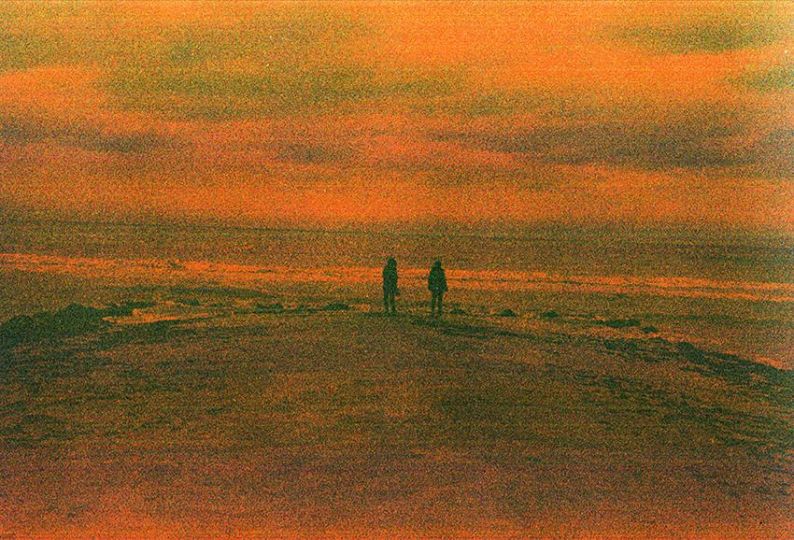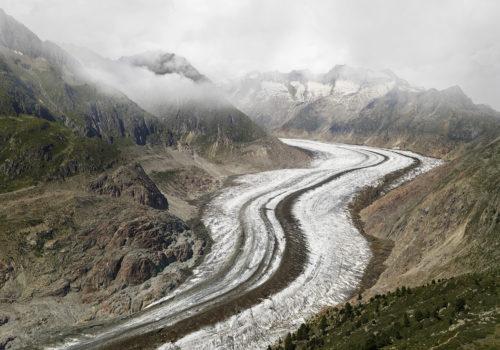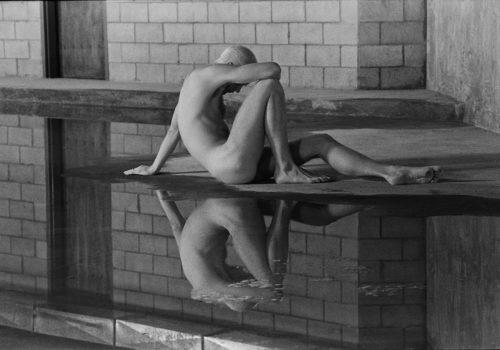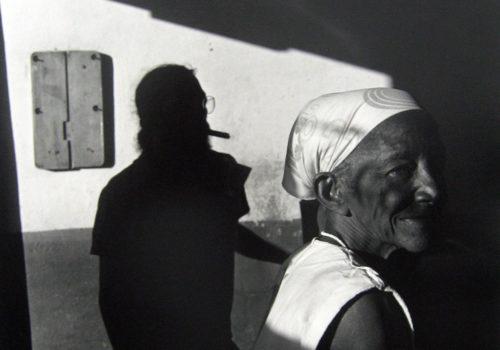“Childhood revisited” photography project was born from a personal need to confront the visual memories of a grown up man, an artist with the reality and how this reality he had left behind several years ago looks like today. It’s an attempt to give a visual form to something very personal and clearly not material; to transform the deep psychological and emotional value of those places into artistic work of a photographer.
Renato Silva was born in Aveiro, Portugal in 1980. In 2010, as a photographer he came back to the places that were imprinted in his memory –the beach, the swimming pool, the church; all of them had importance in Silva’s early years leaving in his mind a mental and visual trace.
The photos are the result of a double confrontation. The first is a psychological one – facing the objects and sceneries that had emotional meaning, significant only for him, The second is a visual confrontation – comparing the images that stayed in his mind with what the reality looks like at present- what the time as a changing factor has done to the appearance of the places and how it differs from the memories.
It is obvious for the artist only, we cannot witness the changes of the places – how they decayed and rusted, or how they got renovated. From the photographs we can only guess the meaning, the hidden memory or the story behind. Each photo is a personal memory, re-experienced by the artist.
They stayed like memories – not explicit, sometimes hidden and a bit mysterious. Just like memories they keep some space left – to add more, to imagine something that isn’t there or to believe in a story that has not happened. There are no people appearing on the photos, but they are not empty. Each photographed place has its own personality, however they are not shown as ghosts from the past. They don’t give a viewer a feeling of looking at abandoned, old and forgotten spaces; the sentimental feeling they bear is not in focus. On the contrary – they are sharp, strong images, and the beauty of the places, discovered and expressed by Silva is somehow competing with the sentimental side of them. As if the photographer didn’t seek for his past in the feelings that the sceneries might bring back to life, but searched for the objects to photograph as an artist, images of here and now and successfully managed to emphasize their strong visual and aesthetic side, something that was recorded and kept in his memory for years.
Agnieska Szwengier

